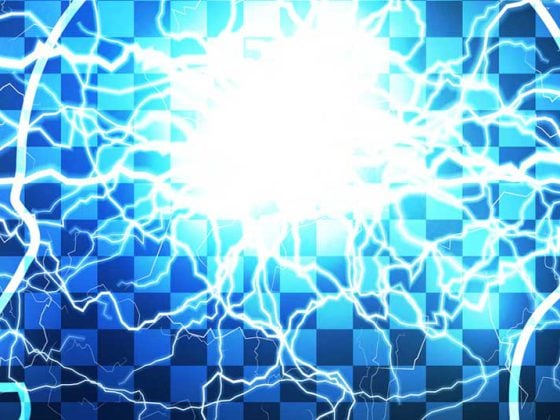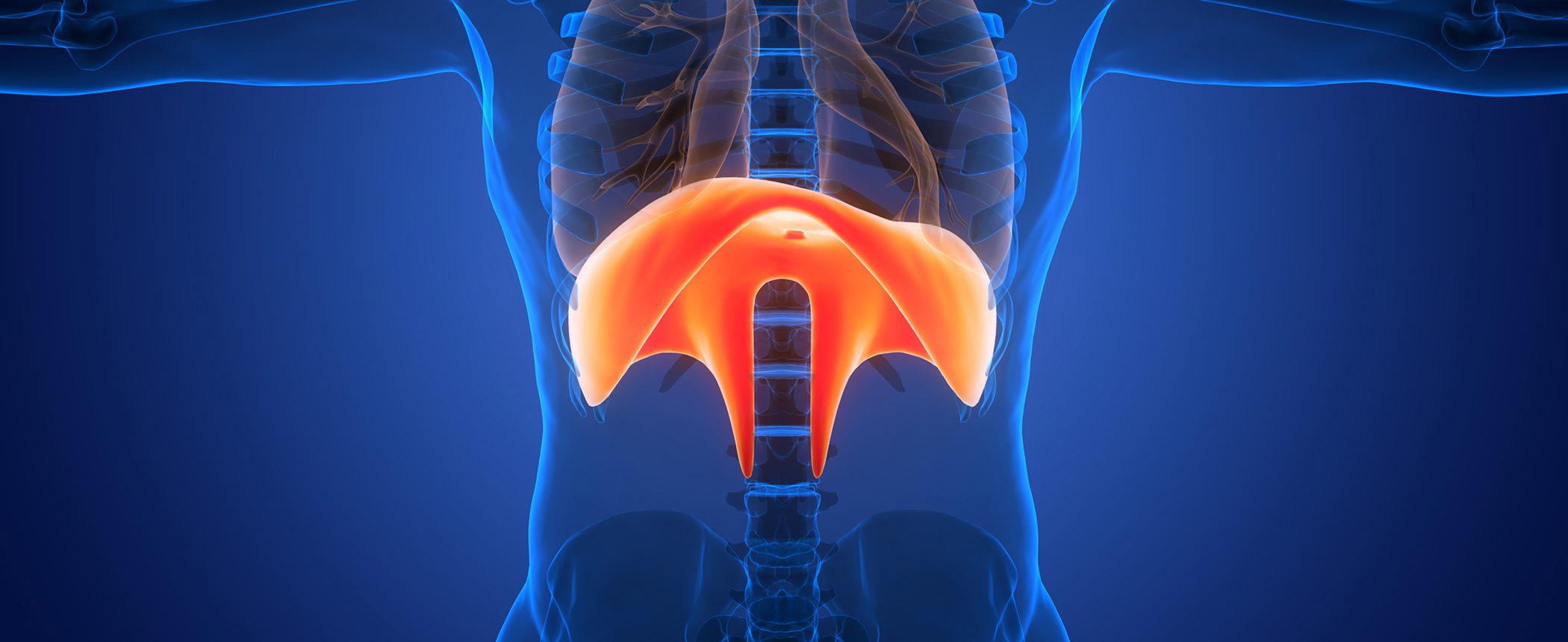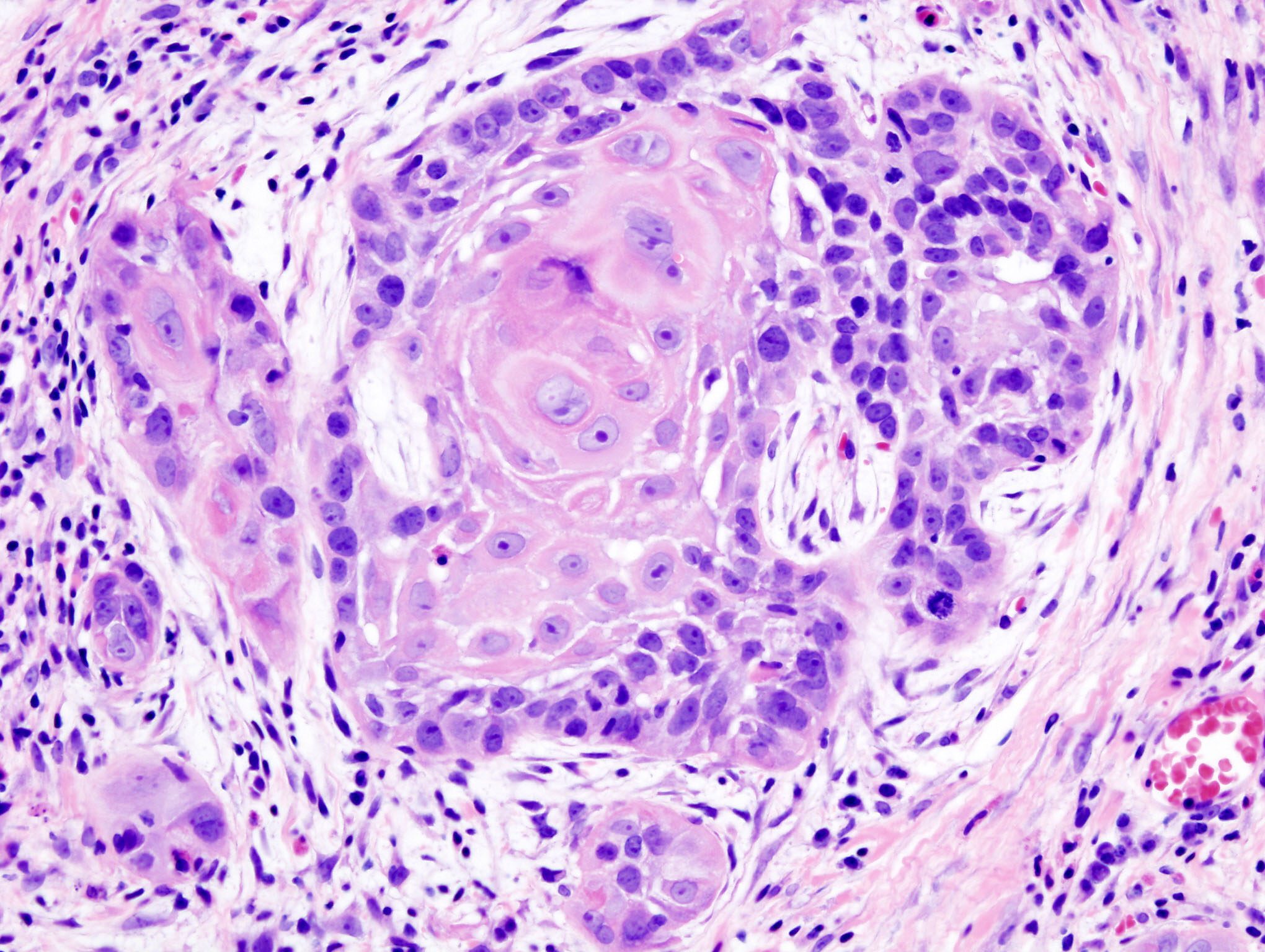At the symposium of the Association of General and Specialized Internists Zurich (VZI), KD Stephanie von Orelli, MD, gave an overview of the current diagnostic and therapeutic standard in women around and in menopause. She addressed the broad spectrum of menopausal failure symptoms as well as the preliminary workup and options for hormone replacement.
“First of all, it is important that we define the term menopause a little more precisely and distinguish it from peri- and postmenopause,” said KD Stephanie von Orelli, MD, Triemli Women’s Hospital, Zurich. “Basically, the definitions and diagnoses are retrospective, because you don’t know in advance exactly when your last menstruation will be. Perimenopause begins about four years before. The cycle is then initially shortened (follicular phase ten vs. normal 14 days) and finally lengthened to 40 to 50 days. Menopause itself is defined as the last menstrual period and postmenopause starts after twelve months of amenorrhea.”
What happens hormonally?
Typically, follicle-stimulating hormone (FSH) increases during the transitional phase before menopause, i.e., perimenopause. The ovarian response needs a much higher stimulation by FSH than before. “In general, however, there are fluctuations and great variability here; FSH can be above 25 IU/l at one time and below that at another, and stabilization is then not found until postmenopause,” Dr. von Orelli explained. “What you also test for, in some cases, is anti-Müllerian hormone (AMH). If a woman at 35 is planning to have children at about 40, you can determine this to see if the follicular reserve is already so reduced that pregnancy becomes unlikely.” AMH decreases before FSH increases.
What are the symptoms?
Peri- resp. menopausal, the familiar vasomotor, psychological and urogenital symptoms are found, as well as sleep disturbances and skin changes. Vasomotor symptoms may include hot flashes (sometimes night sweats), palpitations that are frightening for the patient, headaches, and dizziness. Possible psychological symptoms include depression (76%), insomnia (78%), irritability, fatigue, forgetfulness, and nervousness. In general, however, psychological symptoms in menopausal women may not only be hormonal. Differentiating this from other stresses around age 50 with children “leaving the nest,” reorientation, possible loneliness and demanding work is not always easy. Urogenitally, urinary tract infections, colpitis, dyspareunia (tearing/narrowing of the vagina), incontinence – especially stress incontinence – and pruritus vulvae may occur as a result of the atrophy.
Long-term consequences of estrogen deficiency typically include osteopenia/porosis and possibly cardiovascular disease (increase in LDL), joint pain, dementia, and body fat redistribution. Skeletal changes cause women to become “smaller”, pushing out the abdomen, which many find disturbing. The impairment of quality of life due to menopausal failure symptoms varies greatly from individual to individual and culturally (from nonexistent to significantly limited, virtually unknown in Asia).
Diagnosis and possible therapy – procedure and recommendations
In women over 45 years of age who present with vasomotor symptoms or at least 12 months of amenorrhea, no laboratory analysis or further workup is needed (except in late pregnancy). However, it should be noted that thyroid dysfunction can cause similar symptoms. “The recommendations on this vary. Personally, I am relatively generous with the determination of TSH, especially if the woman seems tired and exhausted or also after pregnancy” said the speaker.
However, in women under 45 years of age with corresponding vasomotor symptoms, the differential diagnosis must be opened and determination of FSH is recommended to see where she stands in her alteration. It should also be remembered that about one-fifth of women consider their symptoms severe, so there is definitely a need for action.
Indications and contraindications for hormone therapy are summarized in Table 1. The lowest possible dosage is recommended. Preliminary workup includes history, mammography, and vaginal ultrasound (endometrial thickness to avoid adding hormones to an already hypertrophic endometrium). “Lipid status and coagulation tests are also discussed for high-risk patients, but the question is who will pay for them. A cost approval may be necessary,” the expert warned.

In women over 40 with relative progestogen deficiency, cyclic substitution with progestogens is conceivable in the first instance, or a herbal preparation (Agnus castus: Agnolyt®, Opran®, Premens®). Oral progestin monopreparations are Duphaston®, Prodafem®, Utrogestan®, intramuscular Depo-Provera®.
“Progestogens partly have an androgenic partial effect (especially norethisterone acetate) and accordingly a certain anabolic effect – thus weight gain becomes an issue (which patients also often ask about). Therefore, products that are closer to the natural progestins are recommended, e.g. progesterone, which is somewhat better tolerated.”
Hormone replacement is often given sequentially continuously or continuously combined. The sequential continuous regimen is used when the woman needs substitution in early postmenopause (one to two years after the last menstrual period), severe symptoms are already present, but ovarian function has not completely ceased. If one were to continuously substitute here, one’s own ovarian production of hormones would possibly trigger interstitial or spotting bleeding. It is not until about two years after the last menstruation that the continuously combined variant is often given, thus preventing menstruation. In women without endometrium (i.e. after hysterectomy), estrogen monosubstitution may also be considered.
Application forms and side effects
For local treatment with estrogens, there are vaginal suppositories and creams/gels, and for systemic treatment, transdermal patches or (the very popular) gel, as well as vaginal rings and peroral tablets. Combined estrogen/progestin preparations are available orally, but also transdermally as patches.
If one sticks to the “safe window” (50-60 years of age, five years of intake), no significant side effects are found [1]. “With regard to the reduction of possible strokes and thromboembolism [2] under hormone therapy, however, the detailed medical history and, if necessary, a coagulation clarification should be mentioned once again,” Dr. von Orelli concluded.
Source: Symposium Association of General and Specialized Internists Zurich, January 26, 2017, Zurich.
Literature:
- Stuenkel CA, et al: J Clin Endocrinol Metab 2015 Nov; 100(11): 3975-4011.
- Nelson HD, et al: JAMA 2002 Aug 21; 288(7): 872-881.
HAUSARZT PRAXIS 2017; 12(2): 31-32












